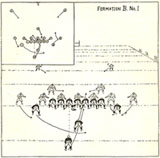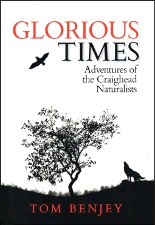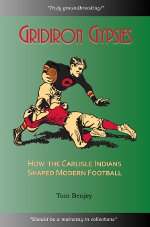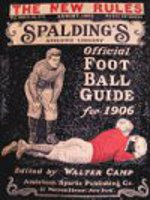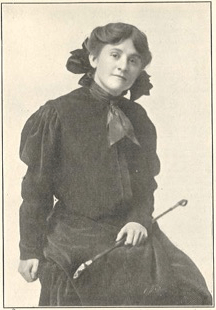 During a Zoom meeting Monday night, a text came in wanting to know if early sportswriters covered Jim Thorpe. I soon found a list of early female sportswriters. Most of them were younger than I am so were children or not born yet when he died. One was different. She was born in 1881 but, in later life, claimed 1883 as her birth year.
During a Zoom meeting Monday night, a text came in wanting to know if early sportswriters covered Jim Thorpe. I soon found a list of early female sportswriters. Most of them were younger than I am so were children or not born yet when he died. One was different. She was born in 1881 but, in later life, claimed 1883 as her birth year.
Ina Loise Young , was born in Brownwood, Texas into a family of baseball fans. They moved to Trinidad, Colorado in 1889. She played girls’ sports and enjoyed watching the local amateur and semipro baseball teams play so much she learned how to keep score. Lest you get the idea that keeping score in baseball is just a matter of tallying outs and runs, a sample scoresheet is provided to give you an idea of the complexity of filling it out. A skilled scorekeeper provides a detailed chronicle of what happened in the game.
Ina graduated from Trinidad High School as one of the four members of the class of 1900 and enrolled at the University of Colorado in Boulder. There, she participated on the fencing and girls’ basketball teams. Outside of class, she wrote about campus news as a correspondent to the Denver Post.
After two years at the University, she returned to Trinidad to work as a reporter for The Chronicle-News. She covered whatever came her way, including hard news. When the baseball season started in 1905, they needed someone who could keep score competently. She put her skills to use covering the local hardball scene. The next year she was elevated to Sporting Editor. In the summer of 1908, a wire service article about Ina, including a drawing of her, circulated around the country, introducing her to the eastern sports enthusiasts.
In the fall, The Chronicle-News sent her east to cover the World Series between the Chicago Cubs and the Detroit Tigers. A few days after the World Series ended, the Baseball Writers Association was formed. Although not present, she was made an honorary member and was given a button that would gain her admission to any major league ballpark.
On December 5 of that year, the Carlisle Indian School football team, with Jim Thorpe at left halfback, played the University of Denver in Denver. She surely covered the game because it was the most important game played there to that time. However, I haven’t been able to find editions of The Chronicle-News for that time period. The Denver Post had employed Walter Eckersall of Chicago, who officiated the game as Field Judge, to write coverage of it along with their own sports department reporters and editor, so they didn’t carry her articles about it. The Rocky Mountain News-Denver Times articles carried no bylines. If they used Ina’s reporting, they would have tagged them as being written by her. Maybe some archive will have microfilms of the missing editions of The Chronicle-News.


